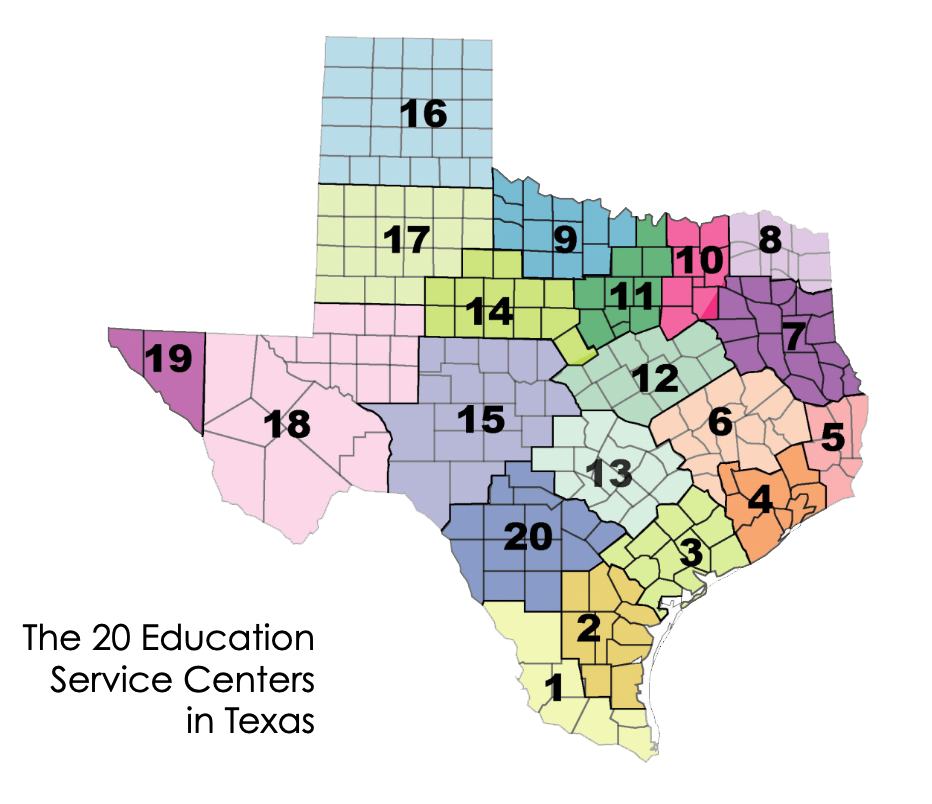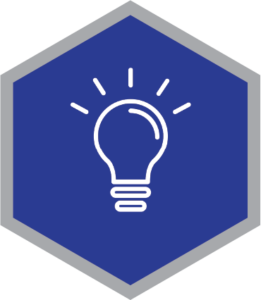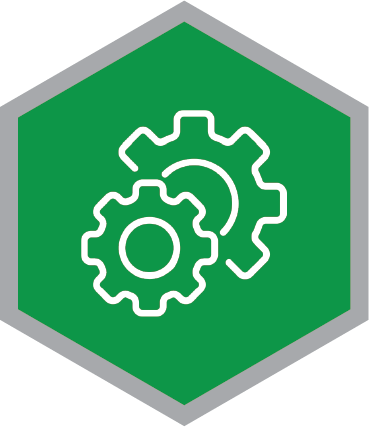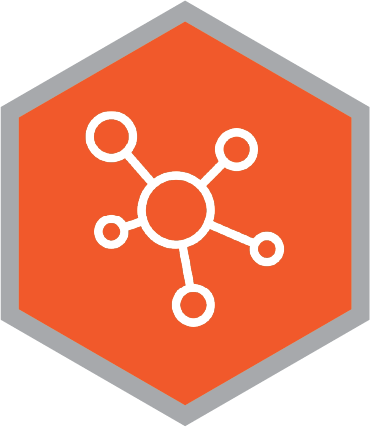Welcome to ITRS+ Resource System. This tool is designed to support district and campus leaders in their efforts to provide a guaranteed and viable curriculum for their students. Please chose a framework to begin your curriculum implementation.
Implementation Tools
This tool is designed to support district and campus leaders in their efforts to provide a guaranteed and viable curriculum for their students.
Pacing Tools
Pacing Tools chunk out the learning which results in more efficient lesson planning. All Pacing Tools are anchored by the Performance Assessments.
C-CAD
Allows teachers to see where they can combine relevant content and make strong real-world connections for students.
PreK Outcomes Framework
Supports early childhood educators in their efforts to provide high-quality instruction and learning for their young students.
World Languages Curriculum Framework
Provides Texas LOTE teachers with a TEKS-aligned pathway to develop student language performance and communication.
Academics Outdoors
Academics Outdoors is designed to encourage learning in the great outdoors. Included are outdoor learning activities, guide books, student journals, and other resources.
CTE
This curriculum is designed and created specifically for the new career and college explorations course adopted by the State Board of Education in 2023.
ITRS+
The TEKS Resource System (TEKS R/S) curriculum management system provides curriculum to numerous districts throughout Texas and is supported by all 20 Education Service Centers across the state. TEKS R/S is an online curriculum for the four core academic subjects (science, mathematics, social studies, and English language arts & reading) which includes a scope and sequence, unit maps, clarifications for TEKS Student Expectations, a lesson planner, administrator walk-through tool, content-specific resources, vertical alignment documents, and an assessment item bank.
Some statistics:
- 10 ESC executive directors and 10 superintendents on the management committee
- 83% of districts in Texas use TEKS R/S
- 980 member districts across the state
- 4,539 campuses use TEKS R/S
- Approximately 1.9 million students





